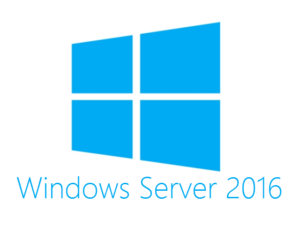Here is a detailed breakdown of part 1 of 6 of the Exam 70-740 for Install, Storage, and Compute for Windows Server 2016. This section makes up 10 to 15% of your exam.
-
Install Windows Servers in Host and Computer Environments
- Install, upgrade, and migrate servers and workloads
- Determine Windows Server 2016 installation requirements
- Determine appropriate Windows Server 2016 editions per workloads
- Install Windows Server 2016
- Install Windows Server 2016 features and roles
- Install and configure Windows Server Core
- Manage Windows Server Core installations using Windows PowerShell, command line, and remote management capabilities
- Implement Windows PowerShell Desired State Configuration (DSC) to install and maintain integrity of installed environments
- Perform upgrades and migrations of servers and core workloads from Windows Server 2008 and Windows Server 2012 to Windows Server 2016
- Determine the appropriate activation model for server installation, such as Automatic Virtual Machine Activation (AVMA), Key Management Service (KMS), and Active Directory-based Activation
- Install and configure Nano Server
- Determine appropriate usage scenarios and requirements for Nano Server
- Install Nano Server
- Implement Roles and Features on Nano Server
- Manage and configure Nano Server
- Manage Nano Server remotely using Windows PowerShell
- Create, manage, and maintain images for deployment
- Plan for Windows Server virtualization
- Plan for Linux and FreeBSD deployments
- Assess virtualization workloads using the Microsoft Assessment and Planning (MAP) Toolkit
- Determine considerations for deploying workloads into virtualized environments
- Update images with patches, hotfixes, and drivers
- Install roles and features in offline images
- Manage and maintain Windows Server Core, Nano Server images, and VHDs using Windows PowerShell
- Install, upgrade, and migrate servers and workloads
